Author:
Jeff Gruetter Sr. Product Marketing Engineer, Power Products Linear Technology Corporation
Date
05/21/2013
The market size for high brightness (HB) LEDs is expected to reach $12 billion in 2012 and grow to $20.2 billion by 2015 with a 30.6% CAGR ramp (source: Strategies Unlimited). One of the key application areas driving this significant growth in LEDs is their use in automobile designs. Applications range from headlights, daytime running lights, brake lights and turn signals, to instrument cluster display backlighting, as well as all kinds of in-cabin vanity lighting. Almost all new model cars offer LED day time running lights (DRLs) due to customer demands for stylistic preferences and safety benefits. Honda's 2013 Accord uses LED DRLs in most models and offers LED headlights in both their touring and hybrid models (see Figure 1). In order to maintain this impressive growth rate, LEDs must not only offer enhanced reliability, reduced power consumption and more compact form factors, they must also enable innovative designs such as steerable headlights and antiglare dimming. Furthermore, in an automotive environment, all of these improvements must be optimized while also withstanding the rigors of the relatively caustic automotive electrical and physical environment. It goes without saying that these solutions must offer very low profile, compact footprints while simultaneously enhancing overall cost-effectiveness. Although LEDs have been used in daytime running lights, brake lights, turn signals and interior lighting for several years, headlamp specific applications are relatively new. Currently, only a handful of production vehicles are offered with LED headlamps, including the Honda Accord, Audi A8 and R8, Lexus's LS600h and RX450h, the Toyota Prius, Cadillac's Escalade and Porches Cayenne. Some industry estimates indicate that the current LED headlamp market is approximately $1B for 2012 and is expected to surpass $2B by 2014 and continue to grow exponentially. One of the biggest challenges for automotive lighting systems designers is how to optimize all the benefits of the latest generation of HB LEDs. HB LEDs require an accurate and efficient DC current source with a means for dimming and must offer a variety of protection features. Additionally, these LED driver ICs must be designed to address these requirements under a wide variety of conditions. As a result, power solutions must be highly efficient, robust in features and reliability while being very compact and cost effective. Arguably, the most demanding applications for driving HB LEDs are found in automotive forward lighting applications, in both DRLs and headlamps as they are subjected to the rigors of the automotive electrical environment, must deliver high power, typically between 15W to 75W, and must fit into very space constrained enclosures, all while maintaining an attractive cost structure.
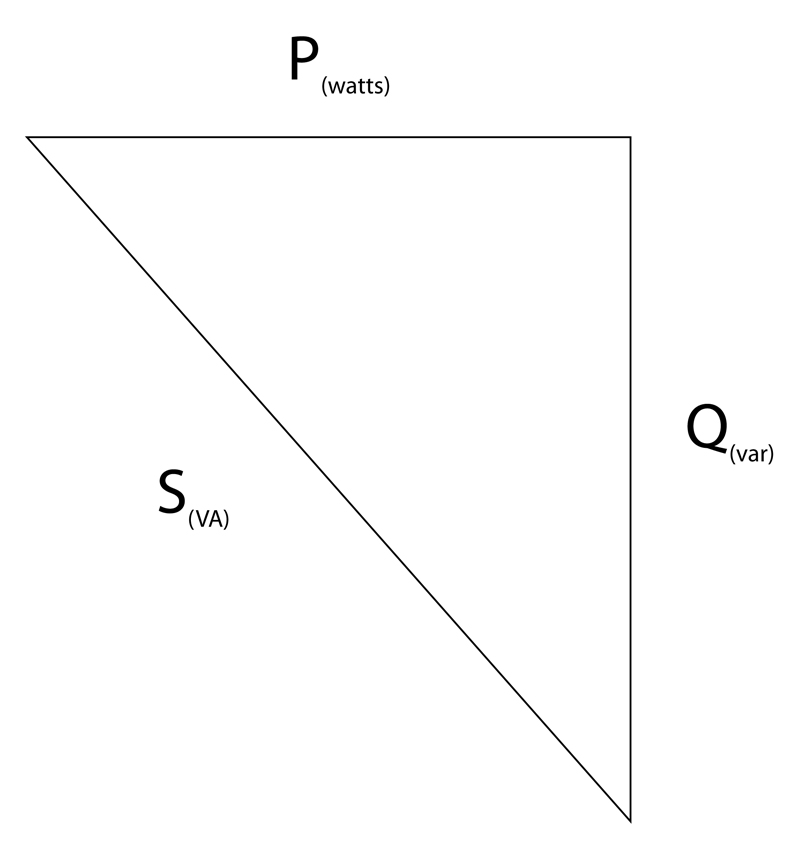
LED DRLs & Headlamps Benefits, such as small size, extremely long life, low power consumption and enhanced dimming capability are the catalyst for the wide spread adoption of HB LED DRLs and headlights. Several manufacturers, such as Audi, Mercedes and most recently, Lexus and Honda have used LEDs to design very distinctive DRLs as "eyebrows" or "underlines" around the headlights as part of their unique branding. Not only are these applications very distinctive from a design perspective, they also create several design challenges to offer a reliable and cost effective solution. As HB LEDs are adopted into both the low beam and high beam of the headlights, these challenges become even more pronounced. It is well known that the primary function of headlamps is to provide forward illumination at night or in less than ideal weather conditions such as rain, snow and fog. The need for a higher level of illumination has been the primary driver for the evolution of the headlamp. In the 1980's, Halogen based lights became the industry standard, with 50W of electrical power they could deliver approximately 1,500 lumens of light which was a 50% improvement over their tungsten filament predecessors. This translates into an efficacy, (known as light output per watt) or light delivered per watt, or 30 lumens/watt (lm/W). In the mid 1990s, xenon based high intensity discharge (HIDs) lamps became popular as they could deliver up to 80lm/W, enabling manufacturers to deliver even greater total light output. However, they also have shortcomings such as the need to be accurately adjusted so as not to blind oncoming traffic, relatively short operational lives of 2,000 hours, the use of toxic mercury gas and are expensive to manufacture. As the efficacy of HB LEDs continues to improve they have become more desirable for headlight applications. Five years ago, production HB LEDs offered efficacies of 50lm/W which were not sufficient for headlight applications, however current LED designs offer 100lm/W with estimates that this will exceed 150lm/W in the next few years surpassing even the best HID lamps. The ability of LEDs to offer roughly the same amount of light output per watt and their other benefits of long life, ruggedness and environmentally friendly design, makes them particularly attractive to power the next generation of head lights. The benefits of using LEDs in automotive headlights and DRLs have several positive implications. First, they never need to be replaced, since their solid state longetivity of up to 100K+ hours (11.5 service years) surpasses the life of the vehicle. This allows automobile manufactures to permanently embed them into the vehicles bodywork without requiring accessibility for replacement. This also enables styling to be dramatically changed as LED lighting systems do not require the depth or area as HID or Halogens do. HB LEDs are also more efficient than Halogen bulbs (and are soon to surpass HIDs) at delivering light output (in lumens) from the input electrical power. This has two positive effects. First, it drains less electrical power from the automotive bus, which is especially important in EVs and hybrids, and equally important, it reduces the amount of heat that needs to be dissipated in the housing eliminating any requirement for bulky and expensive heat sinking. Finally, by using arrays of HB LEDs in headlight arrays and electronically steering or dimming them, they can easily be designed to optimize lighting for many different driving conditions. Design Parameters In order to ensure optimal performance and long operating life, LEDs require an effective drive circuit. This means that the driver ICs must deliver an accurate and efficient DC current as well as accurate LED voltage regulation regardless of the variations of the input voltage source. Secondly, they must offer a means of dimming and also provide a wide array of protection features just in case a LED open or short circuit is encountered. In addition to operating reliably from the electrically caustic automotive power bus, they must also be both cost and space effective. Stop/Start, Cold Crank & Load Dump Conditions In order to maximize fuel mileage while minimizing carbon emissions, alternative drive technologies are continuing to evolve. Whether these new technologies incorporate electric hybrids, clean diesel or a more conventional combustion engine designs, the chances are that they will also need to incorporate a stop-start motor design. Already prevalent in virtually all hybrid designs throughout the world, many European and Asian and car manufacturers have been incorporating these designs into conventional gas and diesel vehicles as well. In the USA, Ford recently announced that it will incorporate stop-start systems into many of its forthcoming domestic models. The concept of a stop-start system for the engine is straight-forward, the engine is shut off when the vehicle comes to a stop and then restarted immediately before the vehicle is required to move again. This eliminates the fuel used, and emissions generated, while the car is stopped in traffic or at a stop light. This stop-start design can reduce fuel consumption and emissions between 5% and 10%. However, the biggest challenge for these designs is making the entire stop-start scenario imperceptible to the driver. There are two major design hurdles to make the stop-start capability invisible to the driver. The first is a quick restart time. By using an enhanced starter design some manufacturers have reduced the restart time to under 0.5 seconds, making it truly invisible. The second design challenge is to keep all of the vehicle electronics, including air conditioning system and lighting powered directly from the battery while the engine is turned off; all-the-while maintaining enough reserve to quickly restart the engine when it's time to accelerate. In order to incorporate a stop-start feature, the drive train requires some design modifications. Namely, what was once the alternator may also double as an enhanced motor starter to ensure a quick re-start. Additionally, a stop-start electronic control unit (ECU) must be added to control when and how the engine starts and stops. The battery must be capable of powering the vehicles lights, environmental control and other electronics, while the engine/alternator is turned off. Additionally, it must be capable of powering the starter when the engine is once again needed. This extreme loading of the battery introduces yet another design challenge, an electrical one, as the large draw of current required to restart the engine can temporarily pull the battery voltage as low as 6V. The challenge for the LED driver is to continually deliver a well regulated output voltage and LED current when the battery bus voltage briefly drops to 6V, then returns to a nominal 13.8V when the charger returns to steady state conditions. A cold crank condition occurs when a car's engine is subjected to cold or freezing temperatures for a period of time. The engine oil becomes extremely viscous and requires the starter motor to deliver more torque, which in turn, draws more current from the battery. This large load current can pull the battery/primary bus voltage below 6V upon ignition, after which it typically returns to a nominal 13.8V. A load-dump condition occurs when the battery cables are accidentally disconnected while the alternator is still charging the battery. This can occur when a battery cable is loose while the car is operating, or when a battery cable breaks while the car is running. Such an abrupt disconnection of the battery cable can produce transient voltage spikes up to 60V as the alternator is attempting to fully charge an absent battery. Transorbs on the alternator usually clamp the bus voltage somewhere between 30V and 34V and absorb the majority of the surge; however DC/DC converters and LED drivers downstream of the alternator are subjected to transient voltage spikes as high as 36V. These LED drivers are not only expected to survive, but must also continually regulate output voltage and LED current through this transient event. Short-Circuit Protection For both DRLs and headlamps, the number of HB LEDs in a single string ranges from 6 to as many as 20. As the nominal input voltage is 13.8V and even lower in some transient conditions, a boost-based LED driver architecture is generally preferred as it is more efficient, simpler and more cost effective than a SEPIC or buck-boost design. However, until recently boost architectures have been difficult to protection against short circuits. This is particularly important in automotive applications as the LEDs are susceptible to damage in a front end collision, and any electrical arcing can ignite any spilled gasoline. For this reason, in the past, most front lighting LED applications used a more costly and complex SEPIC solution which has inherent short-circuit protection. However, with the emergence of new boost LED drivers with very robust short-circuit protection, future applications will use this design to offer a more efficient and cost-effective solution. EMI Concerns Reducing any electromagnetic interference (EMI) of LED drivers is beneficial to the overall power buss design. As LED drivers are usually based on switching regulators lowering the level of switching noise is desirable. This can be achieved by incorporating spread spectrum frequency modulation. As can be seen in Figure 2, this modulation scheme lowers the output switching noise by 20db by spreading over a wider frequency range dramatically reducing EMI concerns.
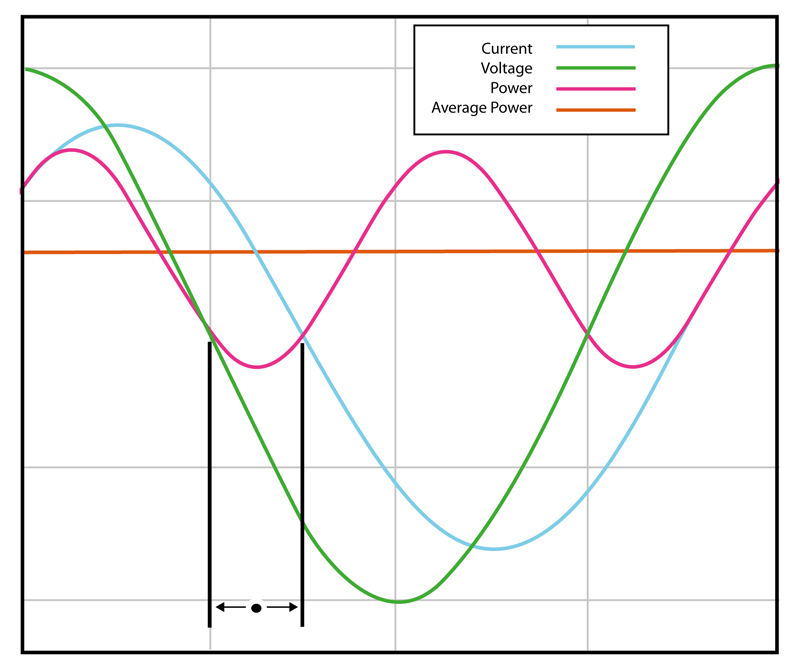
A New Automotive HB LED Driver Controller Fortunately, there is a new solution to these dilemmas, Linear Technology's LT3795 LED driver. The LT3795 is a boost DC/DC LED driver that can deliver over 100W of LED power. Its 6V to 110V input voltage range makes it ideal for a wide variety of HB LED applications found in automotive, commercial truck and even avionic systems. Its high side current sense design can be configured in boost, buck-boost, SEPIC and buck mode architectures offering a wide range of design flexibility. Additionally, its output voltage can be set from 0V to 110V enabling to drive a wide range of LEDs in a single string, while offering very robust and simple short-circuit protection in a boost design. A typical 50W headlight application is shown in Figure 3 below. This application uses a boost architecture to deliver up to 87V of LED voltage which can drive as many as 20 LEDs with LED currents in excess of 600mA. Most DRLs use between 8 and 15 LEDs in the 350mA range, whereas low beam headlights will use approximately 50V of 1A LEDs and high beams can use as much as 2A @ 50V. The LT3795 can be used for both of these applications.
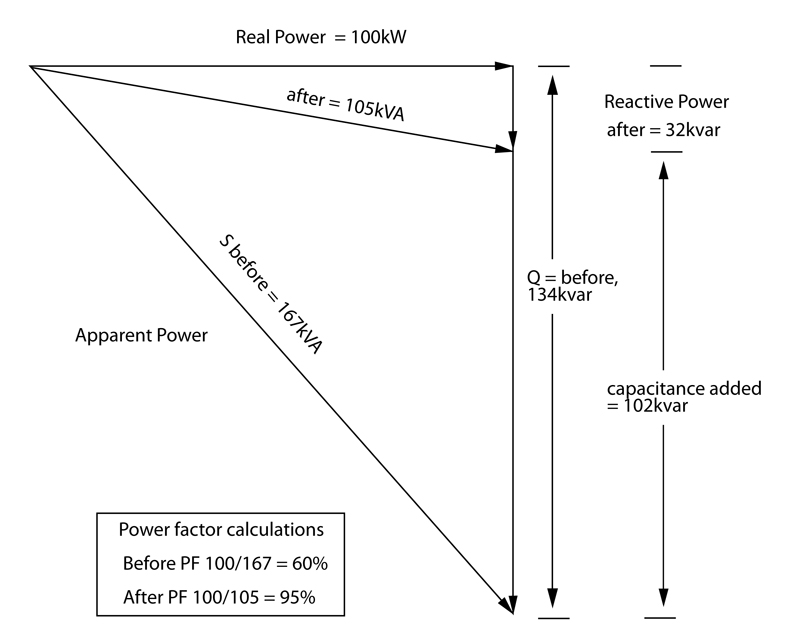
The LT3795 incorporates a high-side current sense, enabling its use in boost, buck, buck-boost or SEPIC and flyback topologies. Additionally, it offers both input and output current limiting and monitoring for added reliability and design flexibility. The LT3795 can also deliver efficiencies of over 94% in boost mode, minimizing the need for external heat sinking. A frequency adjust pin enables the user to program the frequency between 100kHz and 1MHz, optimizing efficiency while minimizing external component size and cost. Spread spectrum frequency modulation can be activated for improved electromagnetic compatibility by lowering switching noise by 20db. The LT3795 has an integrated short-circuit protection feature that stops the regulator from switching when a short circuit is detected and disconnects the LED array from the power path. Furthermore, it reports a short-circuit condition on the SHORTLED pin. After short-circuit protection is enabled, the LT3795 can be programmed to utilize a hiccup mode to see if the short-circuit has been corrected or a latch off mode which requires the EN/ULVO to be toggled to restart the device. This feature offers very robust short-circuit protection for both boost and buck-boost applications, regardless of the output voltage. Additionally, the LT3795 also offers open LED protection and reporting so the LEDs aren't damaged, if one of the LEDs if one in the string experiences and open-circuit. The LT3795 delivers LED current accuracy of +3% which ensures constant lighting in an LED string while + 2% output voltage accuracy offers several LED protection features and also enables the converter to operate as a constant voltage source. The LT3795 can utilize PWM dimming to offers dimming ratios as high as 3,000:1 or analog dimming for ratios up to 20:1. Additional features include output disconnect, input and output current limits/ monitors, and integrated fault protection. Its high level on integration and thermally enhanced TSSOP-28 package offer a very compact HB LED driver solution.
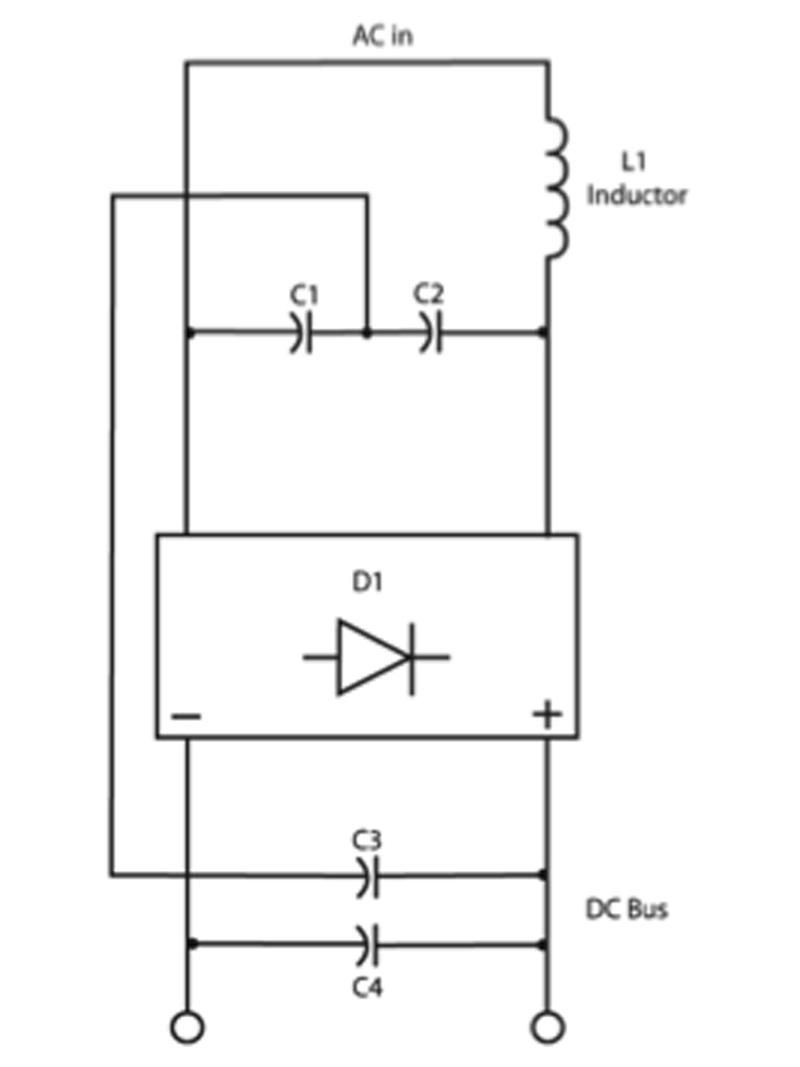
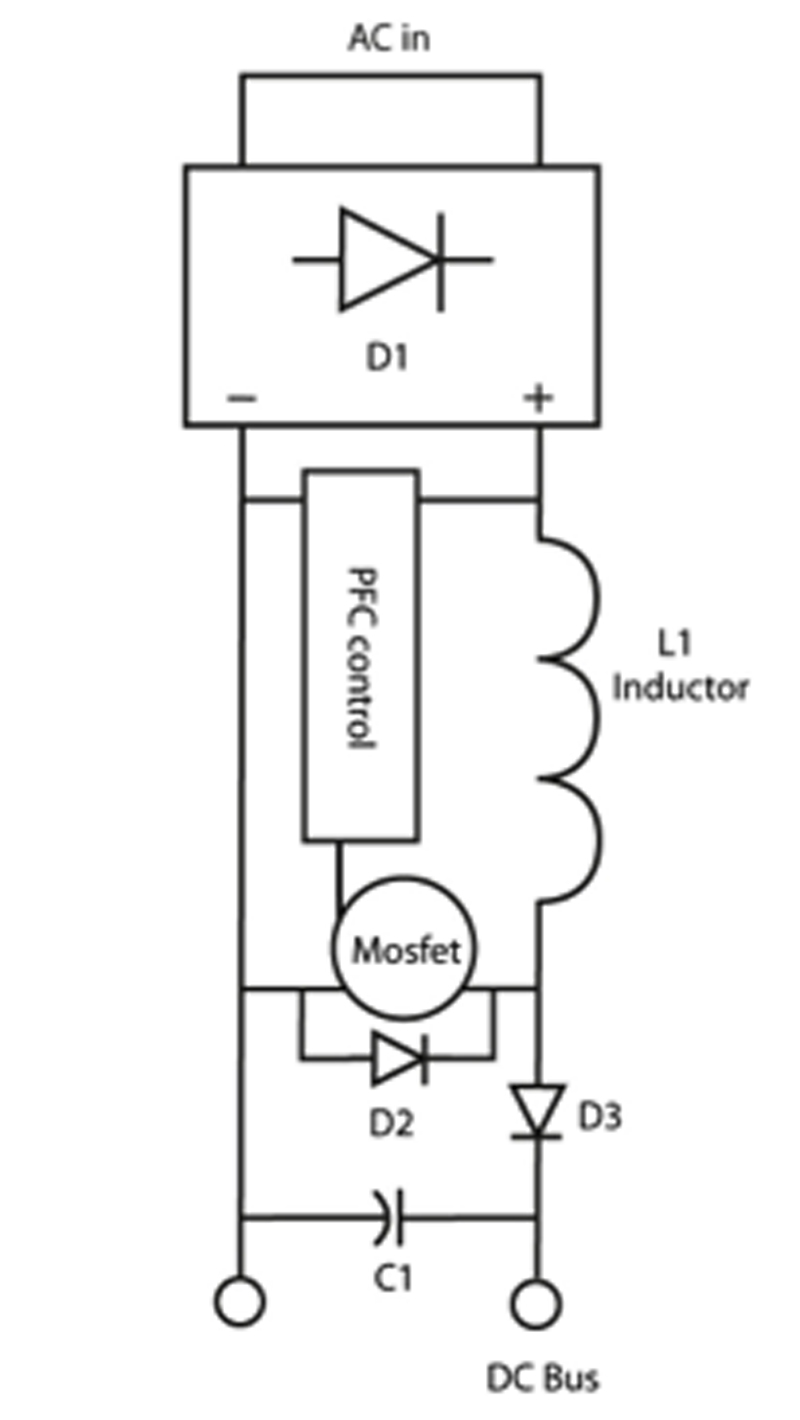
Conclusion The continual acceleration of HB LED applications, especially those found in automotive DRLs and headlamps, is being driven by an insatiable demand for higher performance and cost effectiveness. These demands must be enabled by new HB LED driver ICs. As a result, these LED drivers must provide constant current in order to maintain uniform brightness, regardless of input voltage or LED forward voltage variations, operate with high efficiency, offer very wide dimming ratios and have a variety of protection features such and short-circuit and open-circuit protection to enhance system reliability. Of course, these LED driver circuits must also offer a very compact, low-profile and thermally efficient solution footprint. Fortunately, Linear Technology is continually redefining its family of LED drivers to meet these challenges with HB LED driver ICs like the LT3795. In addition, we have developed an entire family of high current LED driver ICs aimed specifically at automotive application, ranging from advanced forward lighting headlamps to LCD backlighting. As automotive lighting systems continue to demand higher performance LED drivers, designers will have innovative IC solutions to satisfy them. Linear Technology